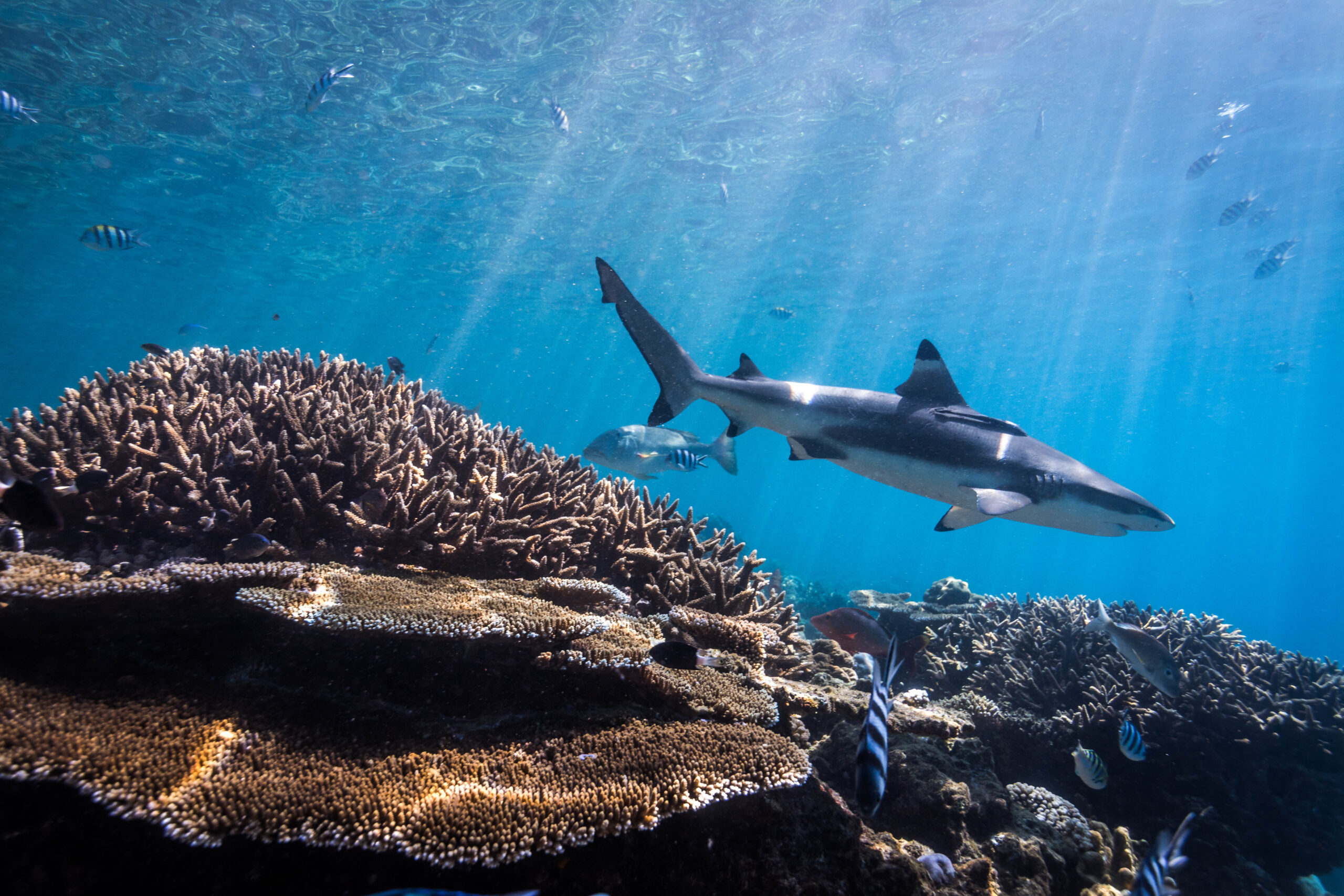In a new paper, published in the Proceedings of the National Academy of Sciences, researchers analyzed the various trade-offs involved when fisheries managers in Kenya make decisions about the sustainability of coral reef fisheries. The authors suggest that resource managers typically focus on ‘win-wins’, such as the gains in profitability and conservation that can be achieved by reducing overfishing, but may overlook the tradeoffs with human wellbeing, especially of the poor. The paper explores the challenge of including ‘taboo tradeoffs’ in conservation decision-making and planning. Such tradeoffs include the impact on the livelihoods of poor women who earn a living as fish traders. For example, women who rely on the cheap fish produced by heavy fishing pressure may lose out if conservation strategies were implemented that required the fishery to produce larger, more valuable fish. Although the strategies would improve fishery profits, the impacts to these women were ignored by decision makers. The authors found that despite an apparent win-win between conservation and profitability at the aggregate scale, food production, employment, and well-being of marginalized stakeholders were differentially influenced by management decisions leading to trade-offs. These tradeoffs may result in the exclusion of key issues from decision-making, which can result in difficulties implementing policies and management strategies. The authors call for a new approach that explicitly recognizes the different values and hidden tradeoffs involved in decision-making for conservation and resource management. They suggest that a participatory modeling and scenarios approach has the potential to increase awareness of such trade-offs, promote discussion of what is acceptable, and potentially identify and reduce obstacles to management compliance
Author: Daw, T.M. , S. Coulthard, W.W. L. Cheung, K. Brown, C. Abunge, D. Galafassi, G.D. Peterson, T.R. McClanahan, J.O. Omukoto, and L. Munyi
Year: 2015
View Full Article
PNAS 112(22): 6949–6954. doi: 10.1073/pnas.1414900112


